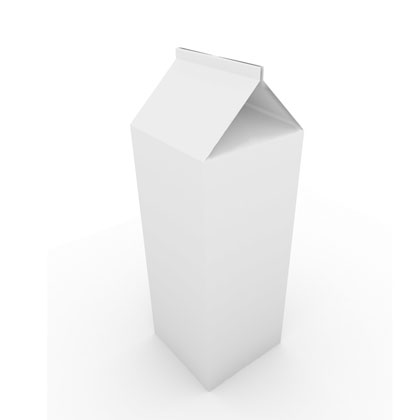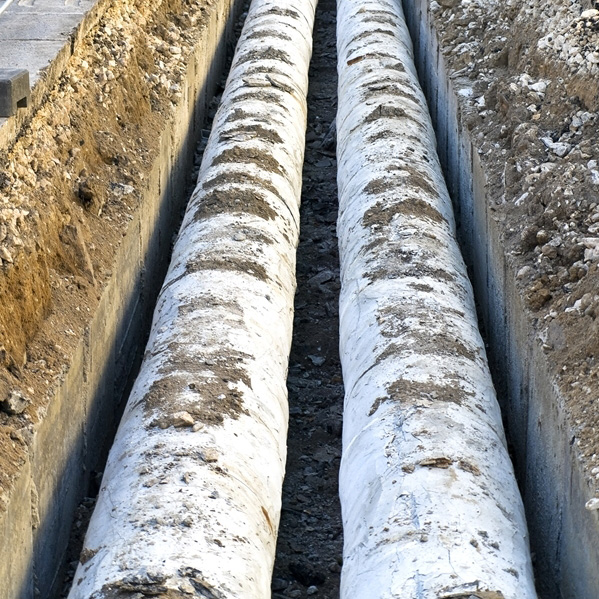Bed sheets and beyond: life cycle assessment results that can influence customer choice

Bed sheets and beyond: life cycle assessment results that can influence customer choice
Life-cycle assessments on bed sheets reveal criteria for ideal product.
Original Paper
Marie De Saxce, Sandrine Pesnel, Anne Perwuelz. "LCA of bed sheets – some relevant parameters for lifetime assessment," Journal of Cleaner Production 37 (December 2012): 221-228. DOI: http://dx.doi.org/10.1016/j.jclepro.2012.07.012
Bed sheets are deceptively simple goods, but how the fabric is made and the lifespan of the textiles is a more complex story. World textile consumption increased significantly in recent decades due to fast turnover rates in fashion trends, as well as consumers' search for cheaper prices. The quality of textiles has consequently declined due to these pressures, which ultimately affects the lifespan of bed sheets.
A team of researchers from Université Lille Nord de France, Bureau Veritas, and École nationale Supérieure des Arts et Industries Textiles (ENSAIT) conducted life-cycle assessments (LCAs) of eight different bed sheets. The sheets in the study were made of cotton and/or cotton and polyester blends, with or without easy-care treatments that reduce the need for ironing, and with light or dark fabric dyes. The study, published in Journal of Cleaner Production, considered the production process of textiles used for bed sheets and the consumer use lifespan.
The authors point out that cotton is a highly water-intensive material, requiring about 1300 liters per kilogram (L/kg) of fibers generated while polyester fibers require only 70L/kg. The two fiber spinning processes for cotton, carding and combing, were examined as well. Carding generated 17% fiber waste whereas combing, which preserves more long fibers, generated 32% waste. Sheets made of long fibers have a longer lifespan than sheets made from carded fibers, and the recycling of waste fiber from combing lowered the environmental impact of that process.
Since easy-care treatments comprise additional chemical processes, the production of wrinkle and iron-free bed sheets has a negative environmental impact. However, the easy-care finish prolongs the lifespan of bed sheets and consequentially leads to an 87% decrease in environmental impacts, whereas the removal of ironing decreased environmental impacts by another 13%. Fabrics with lighter dye shades were better at retaining colors than compared to darker shades; sheets with the strongest color fastness (that is, how well the fiber retains dye color) lasted 1.5 times longer than sheets with the worst color fastness.
There was no single bed sheet examined in the study that proved to have a significantly smaller environmental footprint than compared to the others. However, it seems bed sheets composed of lightly dyed, combed cotton-polyester blends with easy-care are the ideal type. If environmental impacts are a key driver of one's consumer behavior, these criteria should be prioritized during one's next purchase of bed sheets.
LCAs are becoming increasingly popular among product manufacturers and designers in order to find ways to reduce resource waste and to provide environmentally conscious customers with relevant product information. While a number of studies have focused on the LCA of various consumer goods, we are still limited in our knowledge of larger product footprints, inclusive of impacts from transportation of raw and processed materials to the manufacturer. Nevertheless, the LCA framework allows us to break down even a simple product like bed sheets to start thinking of the various ways we impact, and can possibly improve, the surrounding environment.




